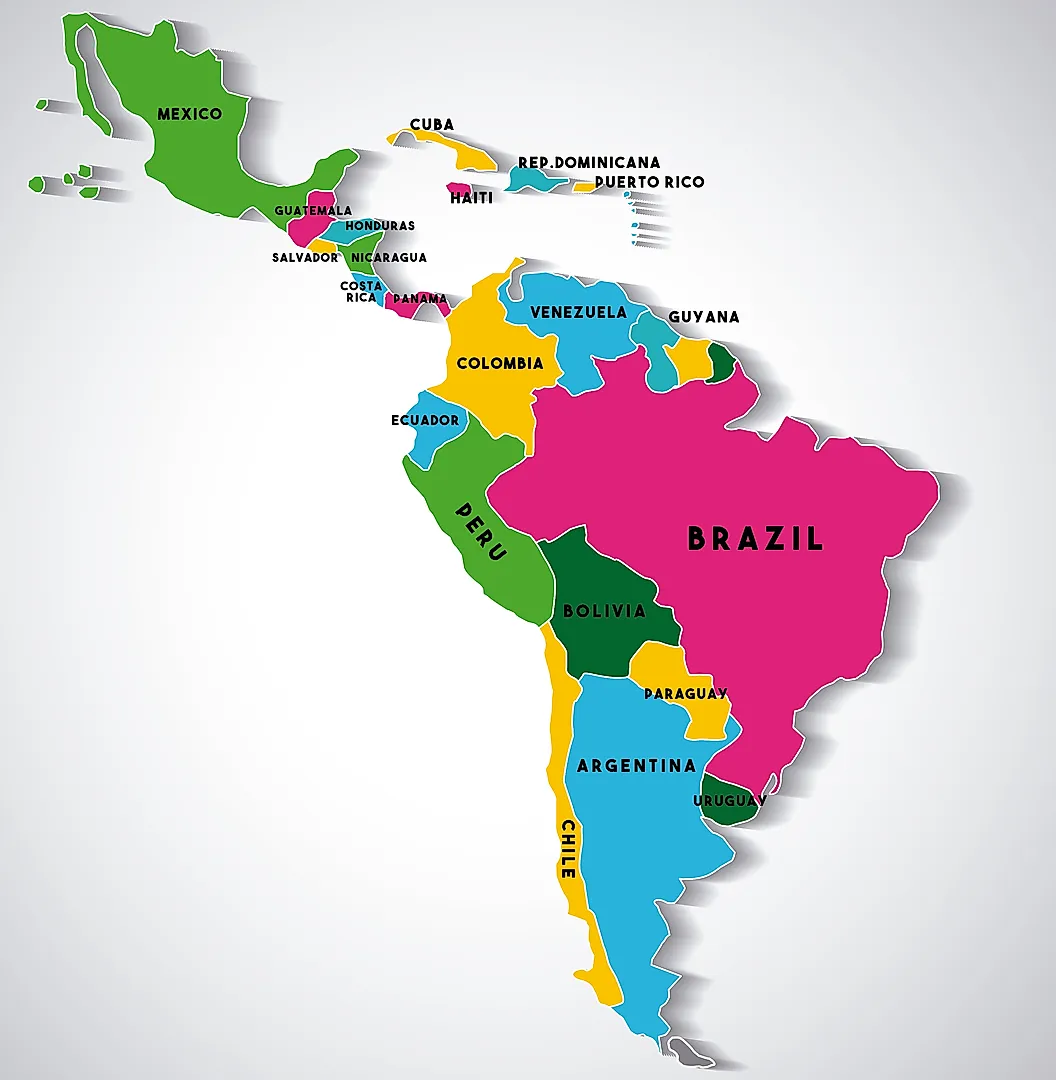U.S. President Donald Trump said on Tuesday that he would only support Argentina for so long as President Javier Milei is in power.
During Tuesday’s White House working lunch, Trump told reporters that Milei has a prospective electoral rival who “is extremely far left and [has] a philosophy that got Argentina into this problem in the first place. So we would not be generous with Argentina if [Milei] loses.”
His comments were met not only with outrage — it violates diplomatic norms for presidents to weigh in on foreign elections — but also with confusion. The Argentine opposition is in disarray and its most prominent leader is banned from elected office, so who was he referring to? Argentina’s next presidential elections aren’t until 2027, a virtual eternity in Argentina years, so how could he claim to know the candidates?
It seems likely that Trump was either describing the center-left element of the Argentine opposition for October’s legislative elections as if it were an individual, or imagining as-yet-unconfirmed scenarios for the next presidential race.
With that in mind, here’s what to know about Argentina’s leftist (or left-leaning) opposition.
Who are the Argentine opposition? President Javier Milei’s La Libertad Avanza (Freedom Advances) party holds a small minority in congress, so most lawmakers belong to the opposition — but some are more opposed to him than others.
The main opposition to La Libertad Avanza is Peronism, currently grouped under the Unión por la Patria (Union for the Homeland) coalition. Peronism is a tricky political movement to pin down, and it has both left-wing and right-wing expressions, but the dominant Peronist current at the moment is center-left.
Peronism is named after Juan Domingo Perón, who was president of Argentina twice — between 1946 and 1955, and again from 1973 until his death in 1974. His advocates praise his efforts to make education free, expand the rights of the working classes, and his push for industrialization, but his critics blast him as a populist and an authoritarian.
What is Kirchnerism? Since 2000, the dominant current of Peronism has been Kirchnerism, represented first by President Néstor Kirchner, then his wife, Cristina Fernández de Kirchner, who succeeded him in office. She served two terms as president, and later became Vice President to Alberto Fernández.
Taking power after a cataclysmic financial crisis for Argentina in late 2001 and 2002, the Kirchners presided over a period of very rapid growth, characterized by redistributive social policies, support for social movements, and active public spending to create new universities and infrastructure projects. The main Peronist party is the Partido Justicialista (Justicialist Party).
In Argentina’s political landscape, many reserve the label of “left” for parties such as the Partido de los Trabajadores Socialistas (Socialist Workers’ Party) and the Frente de Izquierda y de Trabajadores (Front of the Left and of Workers) — but they only have two deputies each and their candidates for president typically receive single-digit votes.
Other parties, such as the conservative PRO and center-right Unión Cívica Radical (Radical Civic Union), also have a significant presence in Congress, but they have been supportive of Milei’s agenda.
The Argentine Communist Party has no presence in Congress.
Who is Milei’s ‘far left’ rival that Trump mentioned? Cristina Fernández de Kirchner is the leader of the Partido Justicialista remains an important figurehead within the Peronist movement. However, she cannot run against Milei in the elections because she was barred from running for public office after a corruption conviction against her was upheld by the Supreme Court earlier this year.
Many view Buenos Aires province Governor Axel Kicillof as the de facto leader of the opposition. The 54-year-old economist holds a doctorate from the University of Buenos Aires and previously served as Fernández de Kirchner’s Economy Minister. Currently in his second term as governor, he has consistently advocated for a strong, present state and argued for key public companies, such as Aerolíneas Argentinas, to remain in public hands. He was heavily involved in the nationalization of oil and gas company YPF, which has led to a multi-billion-dollar lawsuit against Argentina in international courts.
Kicillof is widely seen as a Peronist presidential hopeful, so it is possible that Trump’s advisors may have fingered him as Milei’s likely rival, and that moves such as the YPF nationalization would be characterized as “far left” by the U.S. administration.
Who will Javier Milei run against in Argentina’s elections? Two years out, it is too early to know who might run against Milei in Argentina’s next presidential elections. Argentina lets presidents serve two consecutive terms in office, so he’s allowed to run for re-election — although some presidents, such as Néstor Kirchner and Alberto Fernández, have chosen not to.
Even within an electoral year, political parties often go down to the wire to select their candidates, as internal rivals jostle for position. Peronism’s decision to field its economy minister at the time, Sergio Massa, as its presidential candidate was a shocker announced minutes before 9 p.m. on a Friday night. Some Peronist figures had said that the candidate would be Eduardo “Wado” de Pedro, who was interior minister at the time.
So, it is too early to say for sure who Milei might run against, or even whether he will run at all. It is fair to say that Peronism is likely to field a candidate who would stand significantly to the left of Milei on the political spectrum. However, another candidate similar to Sergio Massa could not fairly be described as far-left.




